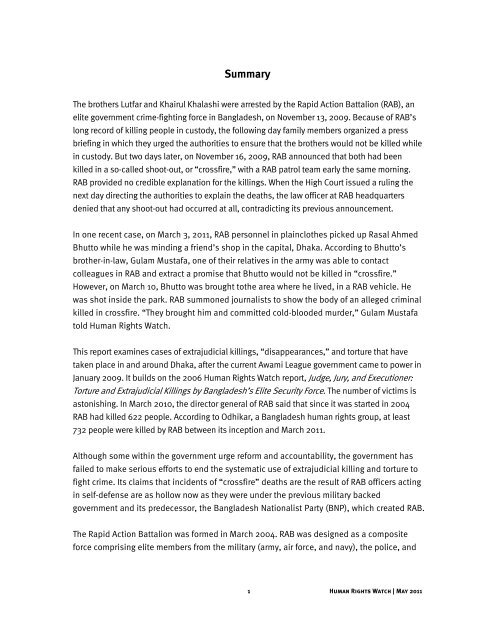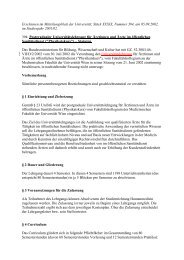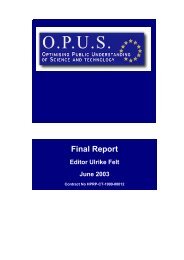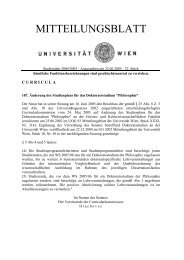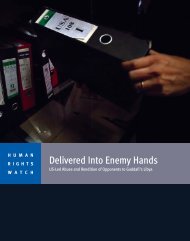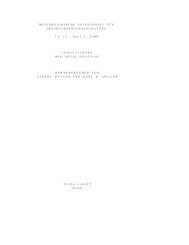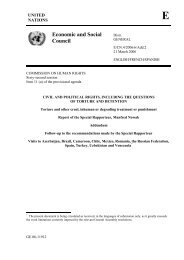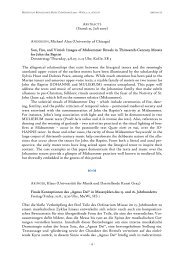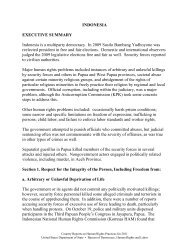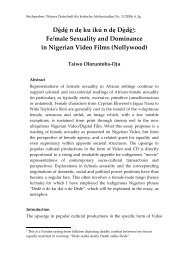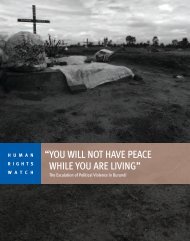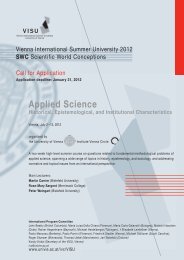“Crossfire” - Human Rights Watch
“Crossfire” - Human Rights Watch
“Crossfire” - Human Rights Watch
You also want an ePaper? Increase the reach of your titles
YUMPU automatically turns print PDFs into web optimized ePapers that Google loves.
Summary<br />
The brothers Lutfar and Khairul Khalashi were arrested by the Rapid Action Battalion (RAB), an<br />
elite government crime-fighting force in Bangladesh, on November 13, 2009. Because of RAB’s<br />
long record of killing people in custody, the following day family members organized a press<br />
briefing in which they urged the authorities to ensure that the brothers would not be killed while<br />
in custody. But two days later, on November 16, 2009, RAB announced that both had been<br />
killed in a so-called shoot-out, or “crossfire,” with a RAB patrol team early the same morning.<br />
RAB provided no credible explanation for the killings. When the High Court issued a ruling the<br />
next day directing the authorities to explain the deaths, the law officer at RAB headquarters<br />
denied that any shoot-out had occurred at all, contradicting its previous announcement.<br />
In one recent case, on March 3, 2011, RAB personnel in plainclothes picked up Rasal Ahmed<br />
Bhutto while he was minding a friend’s shop in the capital, Dhaka. According to Bhutto’s<br />
brother-in-law, Gulam Mustafa, one of their relatives in the army was able to contact<br />
colleagues in RAB and extract a promise that Bhutto would not be killed in “crossfire.”<br />
However, on March 10, Bhutto was brought tothe area where he lived, in a RAB vehicle. He<br />
was shot inside the park. RAB summoned journalists to show the body of an alleged criminal<br />
killed in crossfire. “They brought him and committed cold-blooded murder,” Gulam Mustafa<br />
told <strong>Human</strong> <strong>Rights</strong> <strong>Watch</strong>.<br />
This report examines cases of extrajudicial killings, “disappearances,” and torture that have<br />
taken place in and around Dhaka, after the current Awami League government came to power in<br />
January 2009. It builds on the 2006 <strong>Human</strong> <strong>Rights</strong> <strong>Watch</strong> report, Judge, Jury, and Executioner:<br />
Torture and Extrajudicial Killings by Bangladesh’s Elite Security Force. The number of victims is<br />
astonishing. In March 2010, the director general of RAB said that since it was started in 2004<br />
RAB had killed 622 people. According to Odhikar, a Bangladesh human rights group, at least<br />
732 people were killed by RAB between its inception and March 2011.<br />
Although some within the government urge reform and accountability, the government has<br />
failed to make serious efforts to end the systematic use of extrajudicial killing and torture to<br />
fight crime. Its claims that incidents of “crossfire” deaths are the result of RAB officers acting<br />
in self-defense are as hollow now as they were under the previous military backed<br />
government and its predecessor, the Bangladesh Nationalist Party (BNP), which created RAB.<br />
The Rapid Action Battalion was formed in March 2004. RAB was designed as a composite<br />
force comprising elite members from the military (army, air force, and navy), the police, and<br />
1 <strong>Human</strong> <strong>Rights</strong> <strong>Watch</strong> | May 2011


